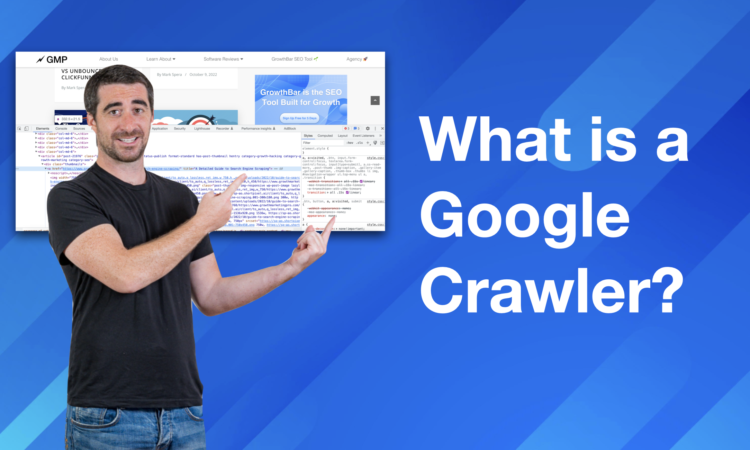
If you’ve ever wondered how Google knows what’s on every website, the answer lies in something called Google Web Crawl. It’s a behind-the-scenes process that helps search engines like Google discover and organize information on the internet. In this beginner’s guide, we’ll break down what Google Webcrawl is, how Google crawling works, and why it matters for your website or online content.
In this beginner’s guide, a web crawler is explained in simple and easy-to-understand words. Let’s go through the topics one by one:
Google WebCrawl is a term used to describe how Google employs automatic software, known as crawlers or spiders, to navigate the web and gather information from websites. It’s akin to the case of a librarian physically going through millions of books, reading their pages, and making notes on what each book is about. These notes get saved in an enormous database — that is, Google’s index.
This is the first step in ensuring your website appears in Google search results when someone searches for content related to your site.
Google’s web crawl process occurs in three phases: crawling, indexing, and serving results.
Google begins by going through a list of existing web pages. These could be sites that it has already visited previously or pages that were submitted using mechanisms such as Google Search Console. The crawler, known as Googlebot, reads each page and searches for links to other pages within the site. When it encounters a link, it follows it to the next page, and then the next, similar to jumping from branch to branch on a tree.
This is the mechanism through which Google finds new pages or changes to existing pages.
After a page is crawled, the following action is indexing. Google attempts to comprehend what the page is saying. It scans the text, examines images, and analyzes the structure and keywords to provide accurate results. It also discusses other crucial aspects of a page, including the title tag, meta description, headers, and internal links.
If the page is in compliance with Google’s rules and contains applicable, relevant content, it gets indexed in Google — essentially a massive library of web pages.
Lastly, when a person enters a query in Google, the search engine searches its index and attempts to display the most relevant pages. It ranks them according to numerous factors such as keyword relevance, page speed, mobile-friendliness, backlinks, and overall quality.
Therefore, if your page is optimized well and contains valuable information, there are more chances of it appearing in the top results.
If you have a blog, business site, or e-commerce site, Google Web crawl is your key to being discovered online. Here’s why it matters:
Google is clever, yet there are some things you can do to ease the Googlebot crawling process:
Google Webcrawl may sound techy, but really, it’s a straightforward idea at its heart: Google sends robots to read your site and learn what your site is about so it can present it to the proper folk.
As a website owner or content creator, your job is to make your site easy for Google to find and understand. That way, your valuable content has a better chance of reaching the right audience.
Whether you’re running a blog, an online store, or a business website, understanding the basics of how Google crawls the web is the first step toward building your online presence.
Q1: What is Google Webcrawl in plain English?
A1: Google’s Webcrawl is the process by which Google employs automated robots (referred to as crawlers or Googlebot) to discover and scan websites. These robots gather details about web pages so that Google can save and organize them in its search index.
Q2:What is the relationship between SEO and Google crawl?
A2: In SEO, crawling is the process where search engine bots navigate through a website to discover and index its content. Bots follow links on each page to uncover text, images, videos, and other assets, making them accessible in search engine results.
Q3: How does Google discover new websites or pages to crawl?
A3: Google discovers new pages through the following links from other sites, submitted sitemaps, or through Google Search Console tools. When a new link is found, Googlebot crawls that page and includes it in the list of pages to crawl and index.
Q4: How frequently does Google crawl my site?
A4: It varies based on your site’s usage and popularity. Websites that are frequently updated (such as news or blogs) can be crawled daily or multiple times a day. Less busy or smaller websites may be crawled less often, on a weekly or monthly basis.
Q5: How Google indexes websites?
A5: Google indexes websites by crawling them with Googlebot and then analysing the content and finally storing the information in indexes.
